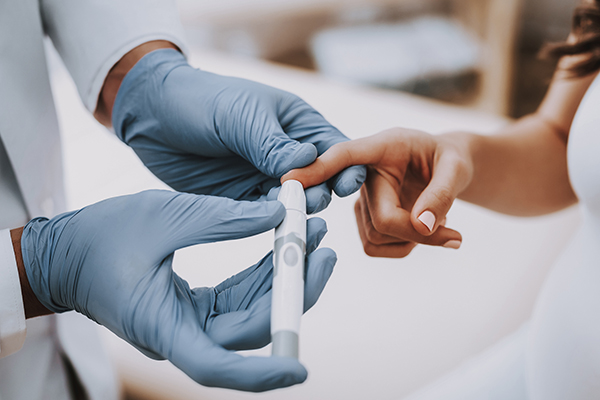A new study from researchers at the Perelman School of Medicine found significant disparities in the use of sodium-glucose cotransporter 2 (SGLT2) inhibitors, a class of drugs proven to treat type 2 diabetes, with usage remaining low within Black, Asian, and lower-income groups despite an increase in overall usage for patients with type 2 diabetes. The study is published in JAMA Network Open.
“Study after study, including large randomized trials, have demonstrated a cardio-protective and kidney-protective effect of this class of medications,” says the study’s lead author, Lauren Eberly, a cardiology fellow at Penn. “We know there are already higher rates of heart failure and kidney disease among Black patients. What is concerning is that this is a therapy we know prevents death from those conditions and prevents progression from those conditions, and yet, we found that Black patients are less likely to get this therapy, as well as female patients and those with lower socioeconomic status.”
SGLT2 inhibitors are a group of medications that work to lower the glucose levels in the blood by blocking the protein that reabsorbs sugar back into the body from urine. They lower the risk of hospitalization for heart failure, decrease risk of death from cardiovascular causes, slow progression of kidney disease, reduce complications among patients with chronic kidney disease, and are now recommended for all diabetic patients who are at high risk for these diseases.
This story is by Sophie Kluthe. Read more at Penn Medicine News.








